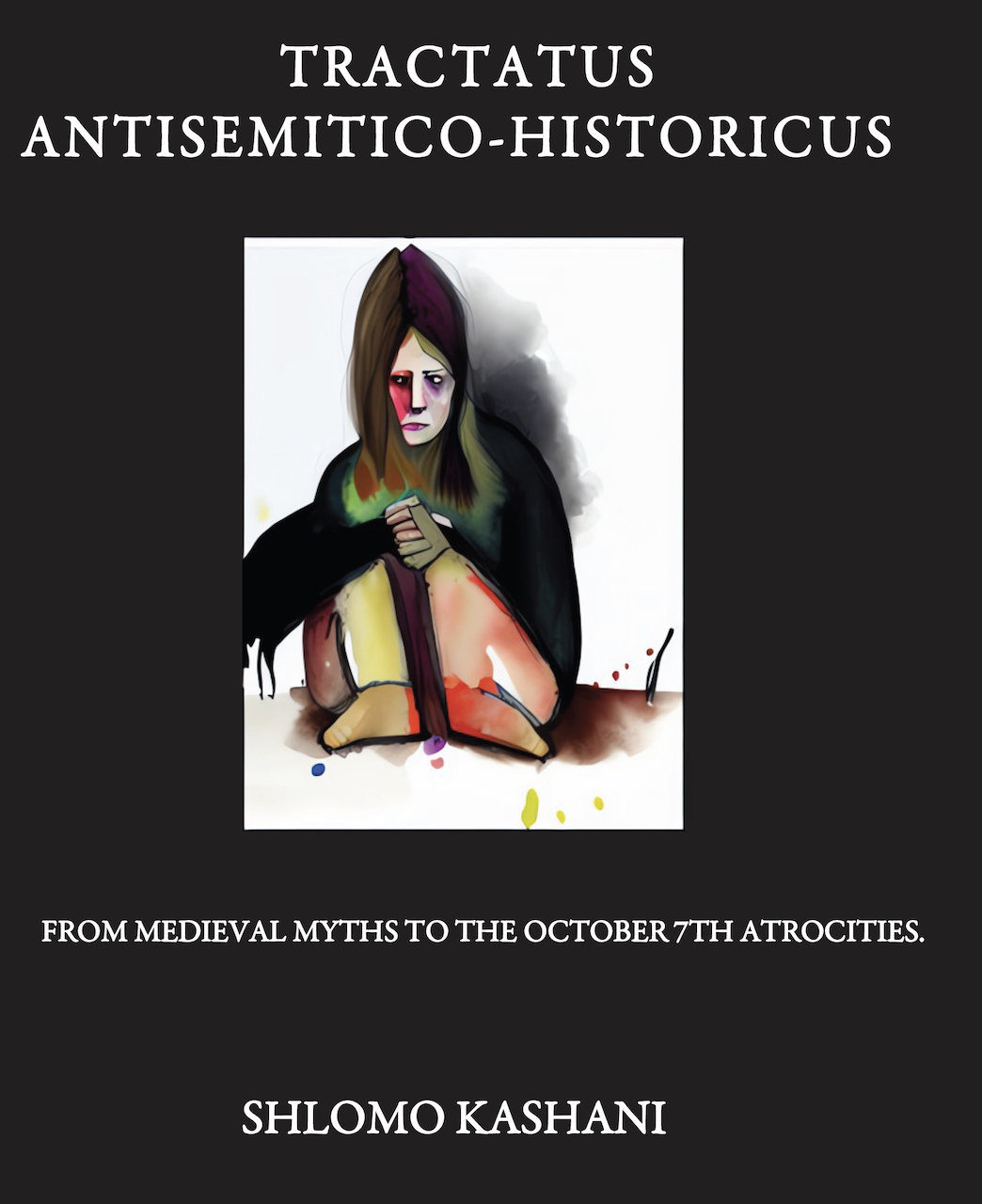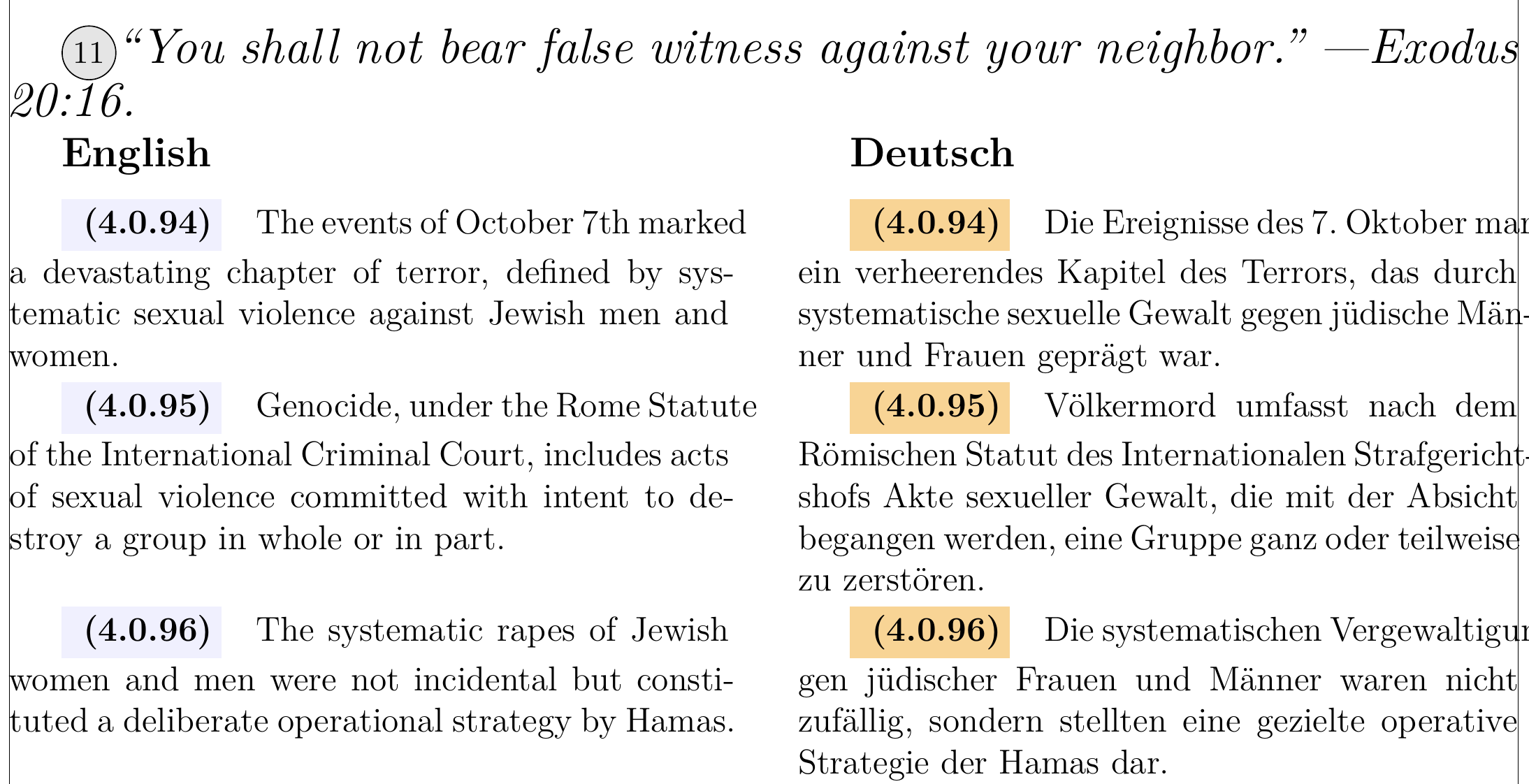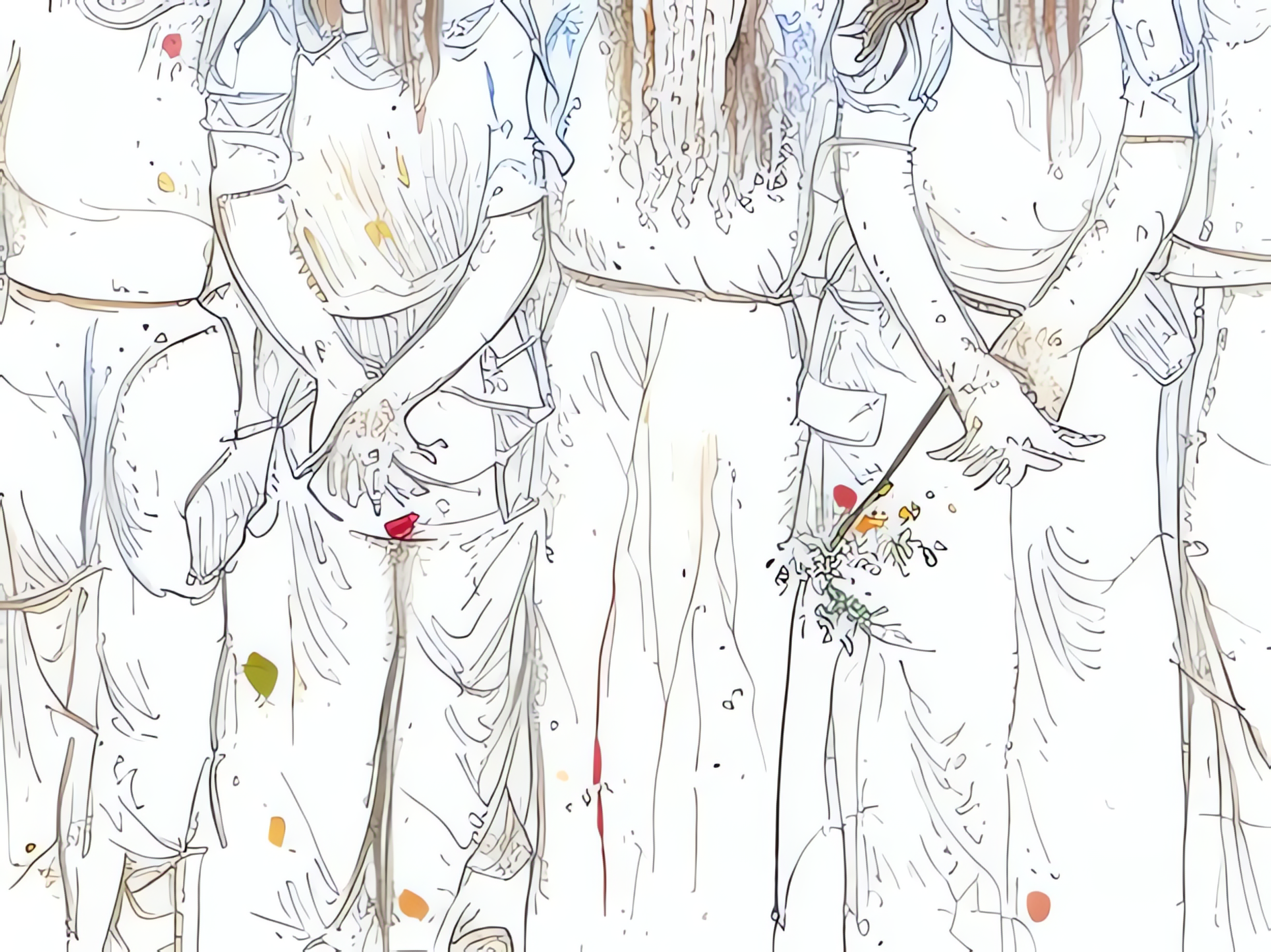About Tractatus Historicus
Tractatus Historicus: A Logical Examination of Anti-Semitism takes us on a journey through the deep roots of narratives about Palestine, Israel, and Hamas. It draws from Ludwig Wittgenstein's clear thinking in Tractatus Logico-Philosophicus, to break down the myths that cloud our understanding. The real reason this matters is the way these stories touch lives and cause suffering.
On October 7th, 2023, Hamas brought terror to the Nova Festival, flooding the land with violence against civilians. It was a cataclysm of executions, brutality, and mutilations that tears at the fabric of people. This act exposes the toxic mix of ideology and hatred, demanding we face its core.

These quotes echo the struggles of the past.
I have written this book with a strong commitment to truth. My goal is to uncover the distortions in Palestinian stories and show their impact on global views. To act with clarity, I present evidence that challenges common fears and mistakes. The result is a path toward understanding rooted in history.
The massacres of history, like those in Alexandria in 38 CE or the horrors of the Black Death in 1348, tell us about cycles of blame. Those events show how lies about Jews led to death and terror, and they link directly to what we see today. By tracing these rivers of violence, we find the reasons behind the cruelty of October 7th. Records from Norwich in 1144, Rome in 1189, and others reveal the persistence of such harms, urging us to stand against them now.

The Book
AUTHOR | HISTORICAL ANALYSIS | ANTI-SEMITISM | POLITICAL CRITIQUE
Tractatus Historicus — A Logical Examination of Anti-Semitism

These haunting watercolors capture the anguish of Israeli hostages kidnapped by Hamas during the October 7th, 2023, attacks.
With care and truth, Tractatus Historicus urges us to look past the false stories and address the ideas that lead to such harms. What remains clear is our shared duty to protect against distortions that have caused pain for too long.
What draws me to the land is its connection to people over centuries. It's a place where settlers built communities and preserved traditions. The names reflect its core identity as belonging to Israel. We see promises from history that shaped its purpose. Even as the name Palestine appeared, it never erased the relationship with the Jewish people. Jewish presence continued amid challenges, and modern pioneers renewed the land.
To understand these stories fully, we must look at the heartbreaking day of October 7th, 2023, when Hamas unleashed brutal violence on innocent Israelis. The records show the clear connection between old myths and new terrorism. The dehumanizing language, the excuses for cruelty, and the blind spots in global reactions all echo through history. Only by seeing this pattern can we address what drives such hatred today.

Sample verses in English and German, patterned after Wittgenstein's style, show the organized terror.
What's causing the rise in anti-Semitism now? The conflict between Hamas and Israel growing into a fight framed in religious terms. Radical ideas spreading in Muslim communities across Europe. Changes after the Cold War, along with global inequalities from trade and finances, and how some see the United States as the source of their hardships. These forces blend together to fuel the fire.
I structured this book to be clear and step-by-step. The chapter on Blood Libels looks at how old lies about ritual murders have resurfaced in today's Palestinian stories. The BDS section shows BDS as the newest way to isolate people, connecting to expulsions from the past and present boycotts in universities. The Sexual Violence chapter records how Hamas turned this into a weapon on October 7th, examining the ideas behind it and the real harm done.
In the chapter on Palestinian National Identity, I address the mix of genuine hopes and political narratives. I respect Palestinian stories but point out where rhetoric crosses into hatred against Israel. My goal is to find the human truth in all this.
With careful records and a commitment to clarity, Tractatus Historicus invites us to question false narratives and stand up to ideas that allow brutal acts. It is a call to defend fact over fiction, against forces that have harmed the Jewish people for centuries and still do.


